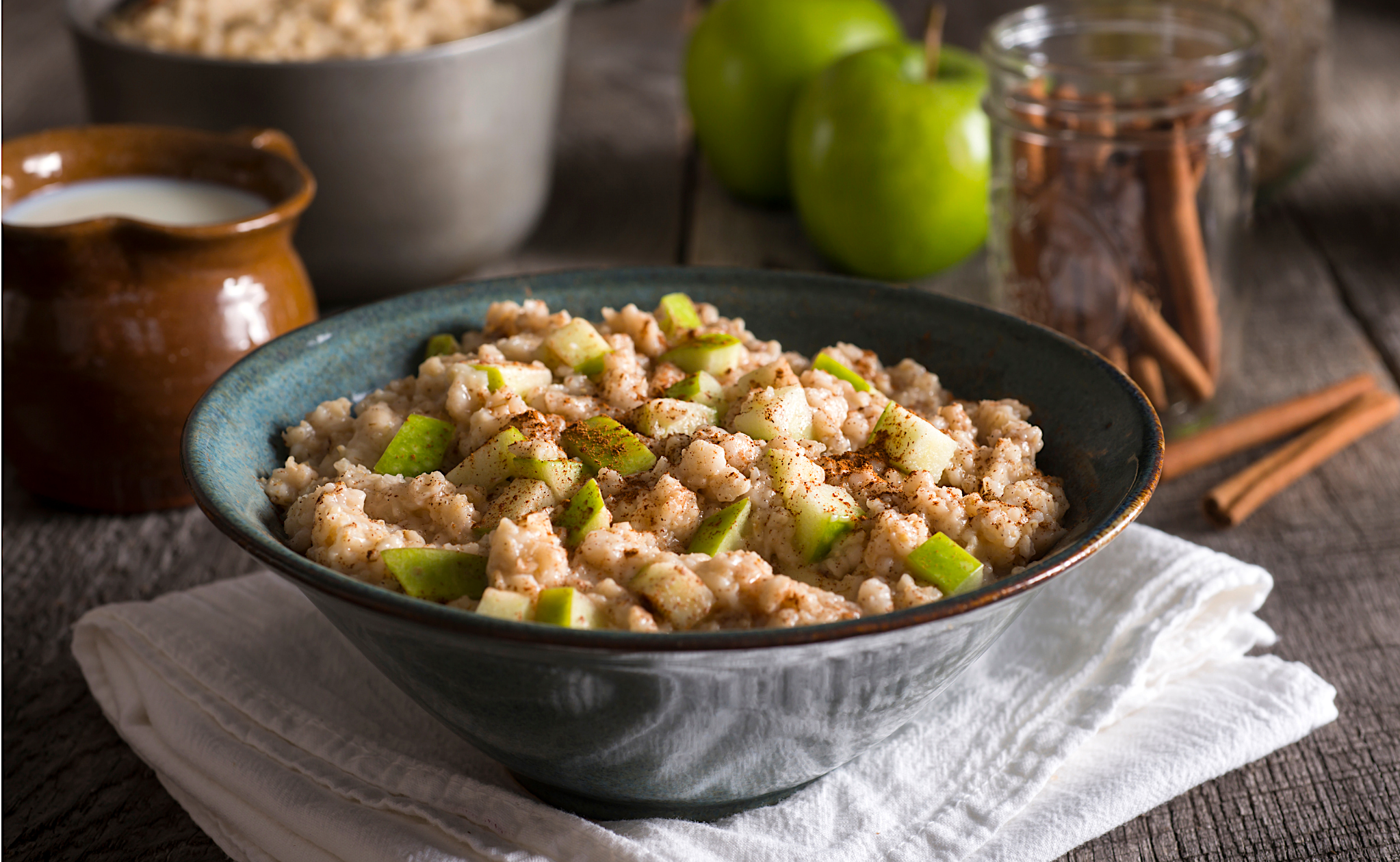Find out how one of our most beloved spices can support our health, and why it has been given superfood status.
Whether you are a budding cook or a seasoned gourmet chef, chances are good that cinnamon is a staple on your spice rack. We treasure cinnamon for its woody, spicy, sweet taste, and wafts of cinnamon-filled baked goods fill our hearts with nostalgia. This popular spice is prized for its ability to entice our senses, but a lesser known fact is that for centuries it has been used for its long list of medicinal properties. In fact, rumor has it that cinnamon was so coveted in the early 16th century that Christopher Columbus and other European explorers set out to find the cherished spice in the New World to bring back home. Cinnamon is applied around the world for its antidiabetic, antioxidant, antimicrobial qualities still yet today.
What are the common types of cinnamon?
The cinnamon sticks and ground spice we enjoy are derived from the inner bark of the cinnamon evergreen tree. Out of the 30 edible varieties of cinnamon, two are most used for cooking: Ceylon cinnamon from Sri Lanka and cassia cinnamon from China. Cassia cinnamon is the type primarily stocked in grocery stores, used in commercially sold baked goods, and found in most kitchens. While more affordable than Ceylon, the consumption of cassia cinnamon should be limited because it is high in coumarin, a compound that can be toxic for your health if ingested in high doses.
Beneficial effects for diabetes symptoms
Cinnamon has impressed the medical community worldwide with its ability to improve symptoms linked to diabetes like elevated blood sugar, high cholesterol, and high triglycerides. One study found that when 3 g of cinnamon were ingested over a 14-day period, cinnamon both mimicked and increased sensitivity to insulin leading to lower blood sugar and reducing insulin resistance commonly found in type 2 diabetes. Ingesting 1.5 g of cinnamon for 30 days has also been shown to improve cholesterol and triglyceride levels for people with diabetes.

A rich source of antioxidants
Found in plant foods, antioxidants play a vital role in keeping us healthy by limiting or preventing damage caused by harmful elements in our body. Cinnamon has long been hailed for its antioxidant activity that works to protect us against disease. In fact, when it comes to antioxidant content, 100 g of cinnamon comes out on top when compared with 100 g of 26 other common spices. Due to its substantial antioxidant content, cinnamon is used in a number of medicines, herbal remedies, and foods to enhance overall health.
Battles bacteria and treats infection
The essential oil extracted from the bark and leaves of a cinnamon tree have been shown in many studies to act as a powerful antibiotic, inhibiting the growth of harmful germs in food. As a result, cinnamon is widely used to increase the shelf life and safety of food products. This valuable antimicrobial quality also helps to address the alarming rise of drug resistant bacteria, a major healthcare challenge that leads to stubborn infections that are difficult to treat. Evidence shows that more robust antibacterial activity is seen when 50 microliters of cinnamon oil at concentrations of 1.25% to 5% are combined with an antibiotic drug for bacterial infection treatment.
Tips for a healthy cinnamon habit
Þ Stick to Ceylon. Steer clear of the commonly sold cassia cinnamon that is high in coumarin, a compound that can damage kidneys and lungs and may cause cancer when eaten in high doses. Ceylon is more expensive than cassia, but the health advantages are worth the extra cost. Look for a label that specifies “Ceylon” to ensure you are getting the real thing. Ceylon cinnamon is available in many health food stores and can also be found online.
Þ Consume the right amount. To get the most out of cinnamon’s potent blood sugar and cholesterol lowering effect, ingest between 1 and 6 grams, or a third to 2 teaspoons, of ground cinnamon per day for at least 40 days.
Þ Enrich your food. Experiment with cinnamon sticks and ground powder to enhance the flavor and health of your drink, snack, or meal. Steep cinnamon sticks and other warming spices into hot apple cider. Stir ground cinnamon into your coffee, yogurt, oatmeal, or cereal. Add cinnamon to your baked goods. Cinnamon also adds a wonderful depth of flavor to savory dishes like chili, grains, rice, and soups.

Apple Cinnamon Oatmeal
Uplift your bowl of oats with health-boosting cinnamon for a cozy meal any time of day.
Serves 2
Ingredients
1 cup rolled oats
2 cups unsweetened almond milk (or other plant-based milk of choice)
1 tablespoon chia seeds
1 large apple
1 teaspoon cinnamon
Pinch of nutmeg
Pecans or walnuts, for serving
Instructions
1. Add the oats, milk, chia seeds, cinnamon and nutmeg in a small saucepan. Cut the apple in half and set one half aside. Peel and shred the other half and stir in with the oats.
2. Bring the oats to a boil, then reduce heat to low-medium heat and simmer until thick and creamy, about 5 minutes.
3. Transfer to 2 bowls and top with the remaining apple (diced) and nut toppings.





